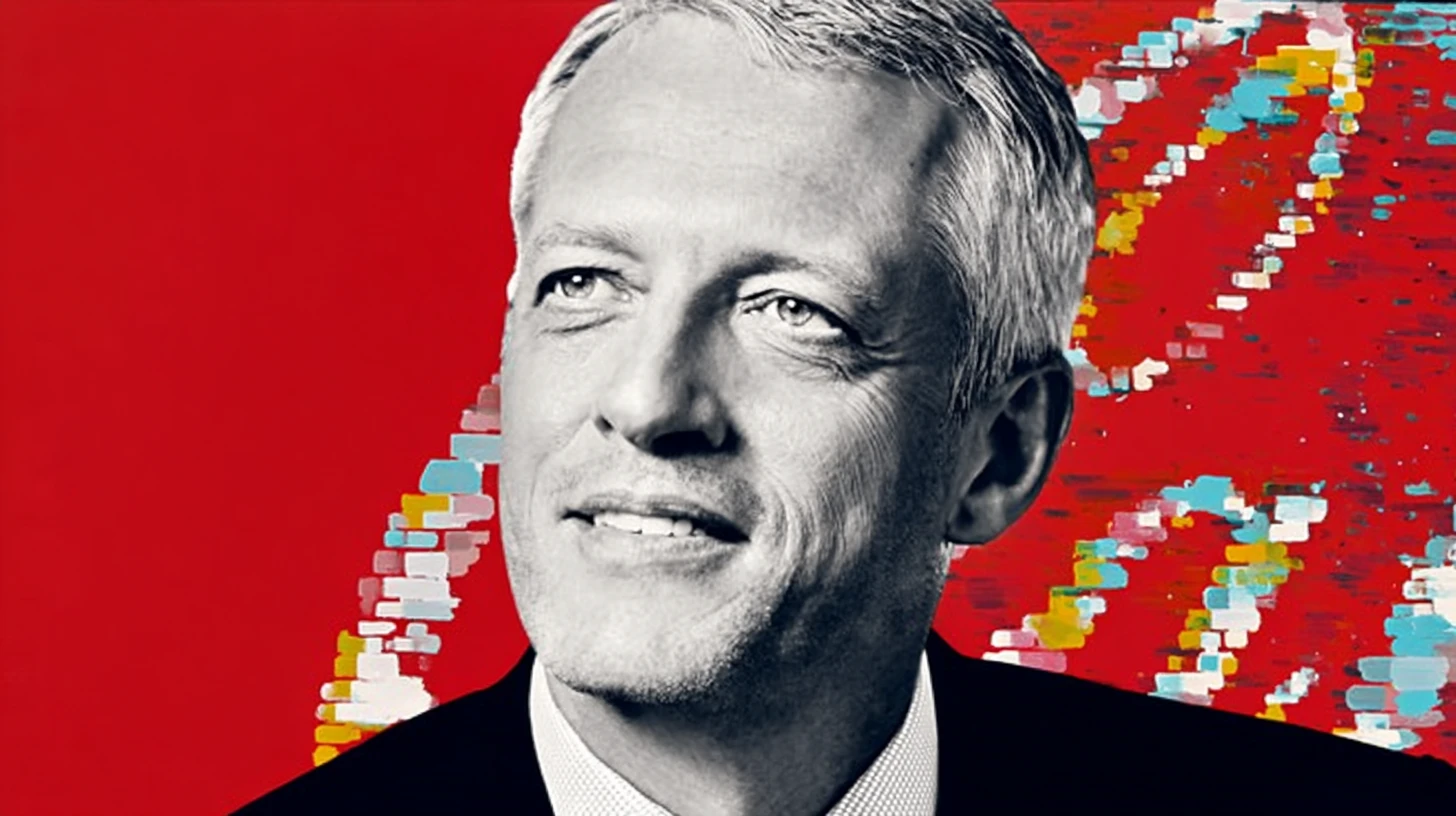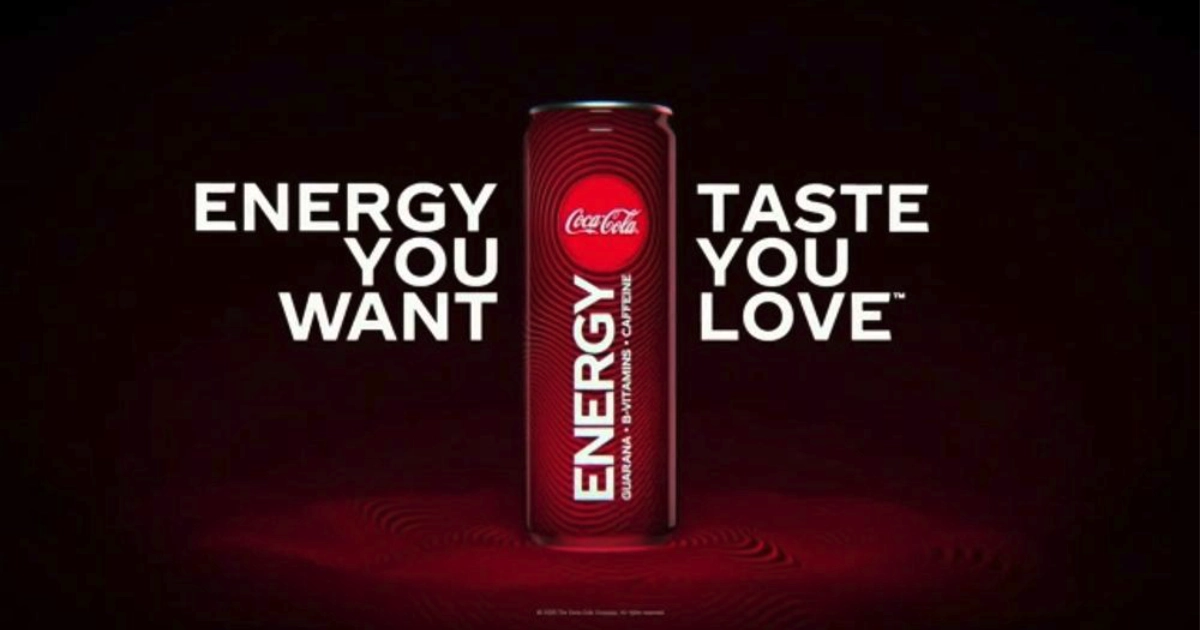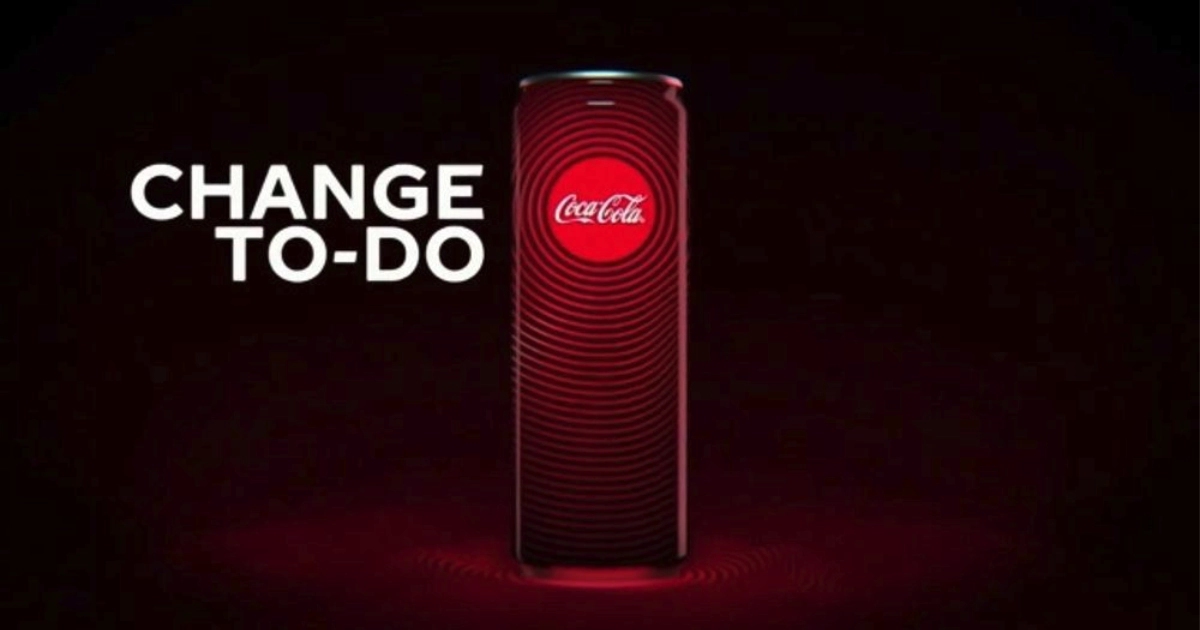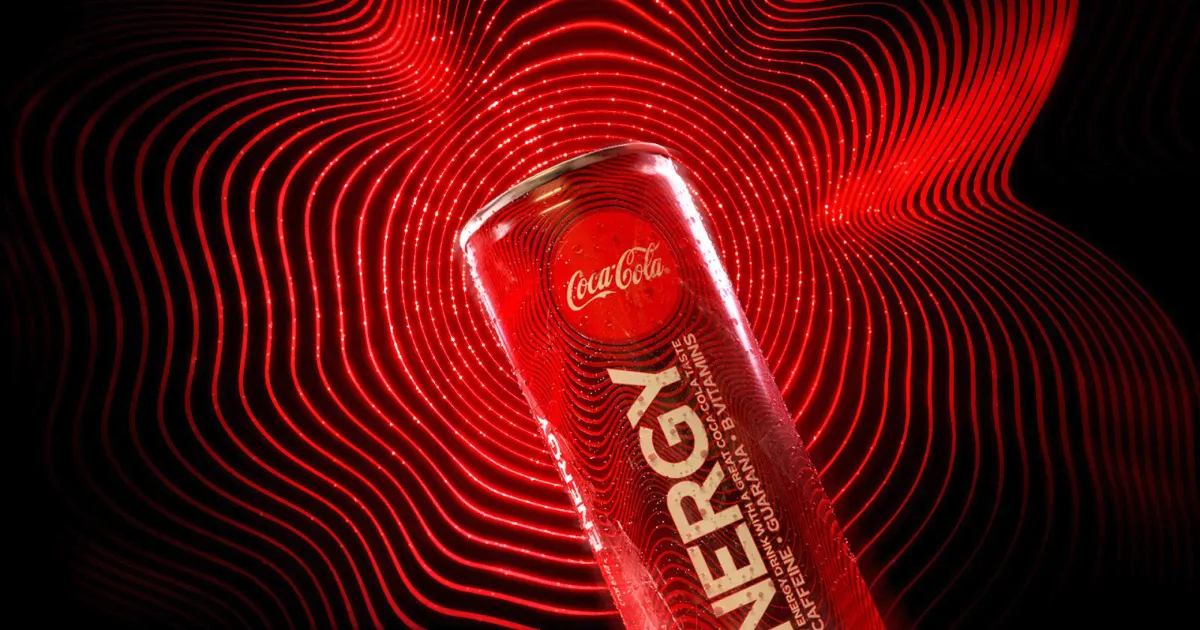.webp)
The Coca-Cola Company
In 2019, Coca-Cola decided to create an energy drink under the iconic Coca-Cola brand. But it became one of the most high-profile product discontinuations in recent beverage history.

When James Quincey became Coca-Cola’s CEO in 2017, he brought a different philosophy to Atlanta’s most famous company. Quincey had a radical vision to transform Coca-Cola into a total beverage company.
Quincey saw opportunity. Energy drinks were booming, growing from 3.8% of the soft drinks market in 2011 to 5% by 2016. Meanwhile, traditional soda sales were declining as consumers sought alternatives.
.webp)
But there was a problem. A big one.
Back in 2014, Coca-Cola made a strategic investment. $2.15 billion for a 16.7% stake in Monster Beverage Corporation. The deal gave Coca-Cola access to the fast-growing energy drink market without having to build from scratch. Monster, in turn, gained Coca-Cola’s massive global distribution network.
The partnership came with strings attached. A non-compete clause specifically prevented Coca-Cola from launching competing energy drinks. The exception was any products released under the Coca-Cola brand itself.
Quincey saw that exception as an opportunity. Monster saw it as a threat.

When Coca-Cola announced plans for “Coca-Cola Energy” in October 2018, Monster cried foul. The energy drink company argued this violated their partnership agreement. Coca-Cola disagreed, claiming their brand exception allowed exactly this type of product.
What followed was a legal drama worthy of a business school case study. Both companies agreed to settle the dispute through arbitration rather than messy public litigation. After all, they were still partners.
For months, the beverage industry watched and waited. Would the arbitrators side with Monster’s interpretation of the contract, or would Coca-Cola’s gamble pay off?

On June 28, 2019, the arbitrators allowed Coca-Cola to proceed. The ruling determined that Coca-Cola Energy fell within the brand exception, clearing the path for global launch.
Coca-Cola didn’t waste time. The product had already launched in Spain and Hungary in April 2019, and by July, it was available in Japan. The cola giant expanded to 14 countries by mid-2019 with plans to reach 20 markets by year’s end.
Coca-Cola Energy threaded the needle between energy drink and cola. Packaged in 250ml cans, Coca-Cola Energy contained 80mg of caffeine. Four times that of regular Coke. The energy drink was also infused with guarana extracts and B vitamins. Notably, it contained no taurine.
Early results seemed promising. In Spain, the first launch market, Coca-Cola Energy captured 2% of the energy category and achieved similar per-outlet sales as market leaders.

In 2020, Coca-Cola introduced a cherry version of the energy drink with pink cans designed for “maximum shelf standout.”
The expansion came with a multi-million dollar marketing campaign featuring out-of-home advertising, over one million consumer samples, and activations at major music festivals.
Coke targeted 18- to 35-year-olds who wanted energy but preferred the familiar taste of Coca-Cola.
By 2020, Coca-Cola Energy was available in four versions: regular, Zero Sugar, Cherry, and Zero Sugar Cherry. The range had generated almost £4 million in sales in the UK alone during 2019.

In January 2020, Coca-Cola Energy was launched in the United States. The company had spent months preparing, even packaging the product in 12-ounce slim cans to take more shelf space in the competitive energy drink market.
Then COVID-19 hit.
The pandemic couldn’t have come at a worse time for an energy drink launch. Mass lockdowns disrupted the crucial convenience store channel, which accounted for over 70% of energy drink sales. Commuters working from home no longer needed their morning energy fix. Retailers canceled promotional plans and put a focus on essential products as consumers stockpiled basics.
Coca-Cola Energy managed just 0.7% of the US energy drink market by the end of 2020. Even as conditions improved in 2021, sales remained lackluster.
Some retailers began reducing the brand’s presence or replacing it entirely with other products. The writing was on the wall.

On May 14, 2021, industry publication Beverage Digest broke the news: Coca-Cola was discontinuing Energy in the United States and Canada by year’s end.
The Coca-Cola Company’s official statement was clear: “As we emerge stronger from the pandemic, our strategy is focused on scaling big bets across a streamlined portfolio. As we scale our best innovations quickly and effectively like AHA and Coca-Cola with Coffee, we need to be disciplined with those that don’t get the traction required for further investment.”’
Coca-Cola Energy was to be officially discontinued.
While Coca-Cola Energy officially remained available in international markets, reports suggested the brand was quietly discontinued in most countries. Today, Japan appears to be one of the few places where you can still find Coca-Cola Energy on shelves.